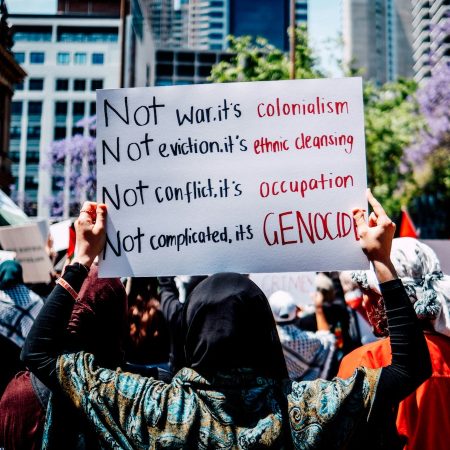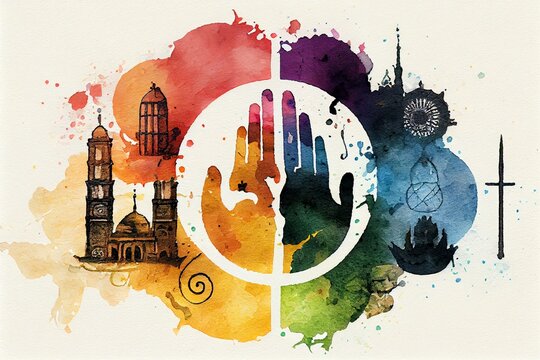Saudi Hails Hajj Success
 |
Tens of thousands of Muslim pilgrims move around the Kaaba, seen at center, inside the Grand Mosque, in Mecca, Saudi Arabia, on November 3, 2011. (AP Photo/Hassan Ammar) |
MECCA, Saudi Arabia — Saudi Crown Prince Nayef bin Abdel Aziz hailed the “success†of this year’s hajj despite fears of “chaos†in the wake of the Arab Spring, as remaining pilgrims continued final rites on Wednesday.
“We thank God for the success of this year’s hajj, which was the best pilgrimage season to ever pass,†Nayef told the commanders of hajj security forces late on Tuesday.
“Some (pilgrims) were expected to exploit the international and regional changes taking place to cause chaos. But thank God this did not happen,†SPA quoted Nayef, who also holds the interior portfolio, as saying.
The hajj — the world’s largest annual gathering — this year coincided with the Arab Spring democracy protests that have swept many nations in the region and led so far to the unseating of three autocratic leaders, in Tunisia, Egypt and Libya, as protests continue in Yemen and Syria.
“What’s going on in Syria is painful,†Syrian pilgrim Abu Imad told AFP. “I’m coming here for perform pilgrimage and to pray for myself and my children.â€
According to the United Nations, more than 3,500 people have been killed, most of them civilians, in Syria’s uprising that began in March.
Saudi Arabia itself had been slightly touched by the unrest as Shiites held sporadic protests in its Eastern Province a few times over the past months.
But their movement was quickly contained by authorities in the conservative Sunni kingdom.
“We thank all the pilgrims for proving that they are Muslims who respect this (hajj) rite and for being cooperative,†the prince said.
Indonesian pilgrim Hamid Eddine also believes that “pilgrims must follow instructions to gain the rewards of hajj and to smoothly perform their pilgrimage.â€
Saudi security forces have several times in the past confronted Iranian pilgrims holding anti-US and anti-Israeli protests.
In 1987, Saudi police efforts to stifle such a demonstration sparked clashes in which 402 people died, including 275 Iranians.
But no incidents were reported this year as Iranian pilgrims, put at around 97,000 — the maximum allowed for Iran under a Saudi system apportioning pilgrim quotas among the world’s biggest Muslim countries — held their protests inside their own camps on Saturday.
Already strained ties between Iran and Saudi Arabia became taut last month when the United States accused Iranian officials of having a hand in a thwarted plot to kill the Saudi ambassador to Washington.
Iran has strongly denied involvement and emphasized “good relations†with its Arab neighbor across the Gulf.
Most of this year’s three million Muslim pilgrims had left the holy city of Mecca after after a farewell circumambulation of the Kaaba, a cube-shaped structure in the Grand Mosque into which is set the Black Stone, Islam’s most sacred relic.
Others completed stoning of the devil on Wednesday — a ritual, which is carried out over three days in which pilgrims must stone the three pillars said to symbolize the devil.
In previous years, hundreds of people have been trampled to death in stampedes triggered by crowds trying to get close to the pillars to take their vengeance on the devil.
But this year, the stoning, like all other rituals, passed with no major incidents.
The ritual is an emulation of Ibrahim’s stoning of the devil at the three spots where he is said to have appeared trying to dissuade the biblical patriarch from obeying God’s order to sacrifice his son, Ishmael.
Saudi authorities have installed a multi-level walkway through the stone-throwing site in a bid to avoid the trampling that caused the deaths of 364 people in 2006, 251 in 2004 and 1,426 in 1990.
The hajj is one of the five pillars of Islam and must be performed at least once in a lifetime by all those who are able to.
AFP
13-46













2011
788 views
views
0
comments